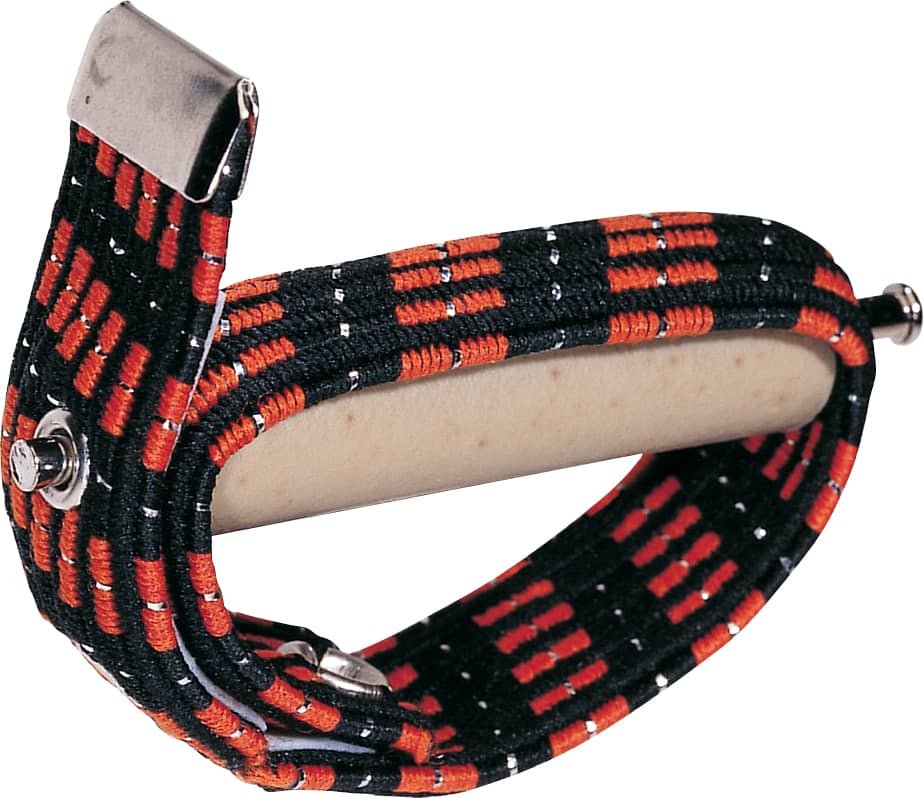What is A Guitar Capo?
What is a Capo, What Does it Do and Do I Need one for Guitar Lessons?
Ever wondered what is a guitar capo? Why so many guitarists use one? A capo is a nifty little tool that can change the pitch of your guitar, making it super easy to play songs in different keys. Let's dive into what a capo does, the different types available, and how it can make your guitar playing even better.
What Instruments Can I use a Capo On?
So! You can pretty much is a Capo on anything! You can use a Capo on Acoustic Guitars, Classical Guitar, Electric Guitar, Mandolin, Banjo and there is even a Ukulele Capo!
What Does A Guitar Capo Do?
Shortens Strings and Transposes
A capo raises the pitch of your guitar by clamping onto the neck and shortening the strings. This means you can play in different keys without changing your finger positions for chords.
Pretty cool, right?
Moveable Nut
Think of a capo as a moveable nut. It clamps down on the strings, acting like a new nut (the part at the top of the neck), which shortens the playable length of the strings. This brings up the pitch of the notes.
Raising Pitch
By shortening the strings, the capo raises the pitch of your guitar. This allows you to use the same chord shapes but in a higher key. So playing the same chords with a Capo have a higher pitch.
Tonal Variations
Using a capo can also change the sound of your guitar, giving it a brighter tone or even mimicking the sound of other stringed instruments like mandolins. There are even more specialised capo’s where you can change the pitch on parts of the neck.
Types & Designs of Guitar Capo
Rubber Covered Bars
Most capos have a rubber-covered bar that clamps onto the guitar neck, holding down all the strings at once. The rubber protects the neck of the guitar from being damaged or marked.
Partial Capos
Partial capos are pretty cool—they only cover a few strings, giving you tons of different sound options without changing your tuning. One of the most famous of the partial Capo’s is the Drop D Capo from Kyser which allows you to play in Drop D Tuning quickly and easily.
Spring-Operated Capos
Spring capos are super easy to use. They use a spring mechanism to quickly attach and detach from the neck. The use of Springs, mainly by Kyser, revolutionised Capo’s. Before the introduction Spring / Quick Change Capo they were either fixed to the guitar with a small screw mechanism or with material.
Other Capo Types
There have been some innovations with capos over the years. One notable is the is the Quick Draw Sliding Capo, which sits on the Guitar all the time and slides up and down the neck. There is also the Glider Capo.
There is also a pretty strange but useful, Spider Capo, which allows you to individually capo each guitar strings. There is little string grooves on each spur to open up the possibilities of different tunings!
How To Use Your Guitar Capo
Changing Key
One of the main reasons to use a capo is to change the key of a song. This makes it easier to sing along, especially if you have a specific vocal range. It allows you to expand you song repitoire quickly and easily.
Tonal Enhancements
A capo can give your guitar a brighter, more resonant sound, similar to a mandolin. Depending on where you you place the Capo it will allow you to make so many different tones.
Songwriting and Performance
Songwriters love capos because they let you play familiar chords in new places on the neck. Performers use them to quickly change keys to suit their voice or the song’s feel.
Tips and Recommendations
Choosing the Right Capo
Make sure you pick a capo that fits your guitar! There are different Capo’s for Steel Strings Acoustic, Nylon String Acoustic and Electric Guitars. You also get to choose from a Capo like the Pro-Am (Picture At the Top of this Page), Quick Change (Spring Loaded) or even something like the image above this part of the article which is a Cradle Capo.
Applying the Capo
Always tune your guitar before putting on the capo. Make sure it applies even pressure on all strings to keep your tuning accurate. Be careful with the fret position when applying your capo, keep it close to the fret (like pictured above). Remember that if you find how your capo works you can choose from different styles and types to fir your specific needs.
Conclusion
In a nutshell, a guitar capo is a versatile tool that helps you change keys, enhance your guitar's tone, and explore new sounds. Whether you're a beginner or a seasoned player, a capo can add a whole new dimension to your playing.




